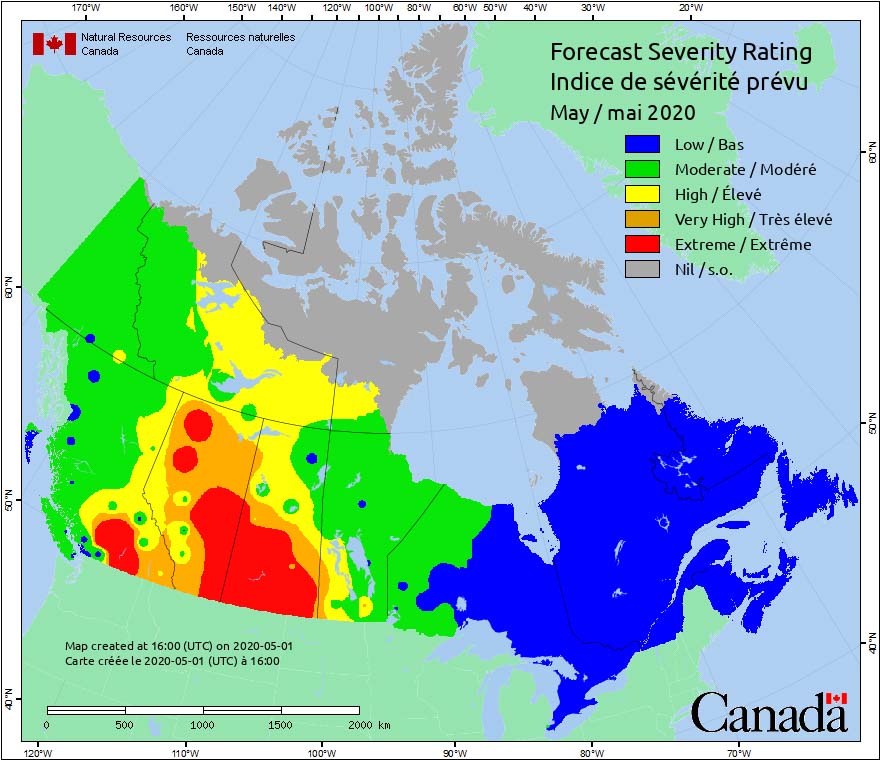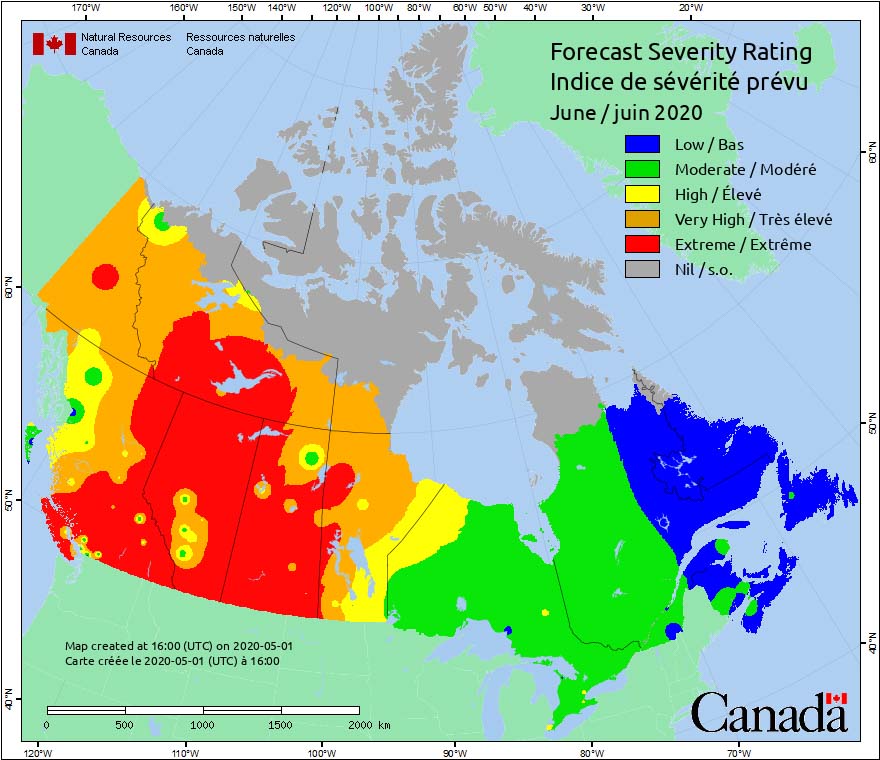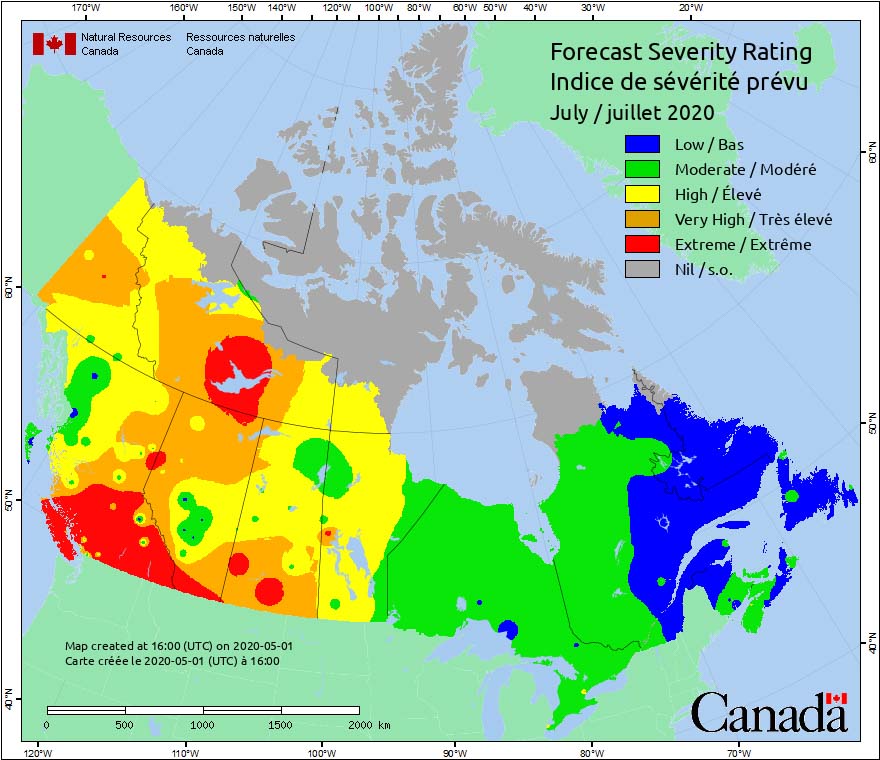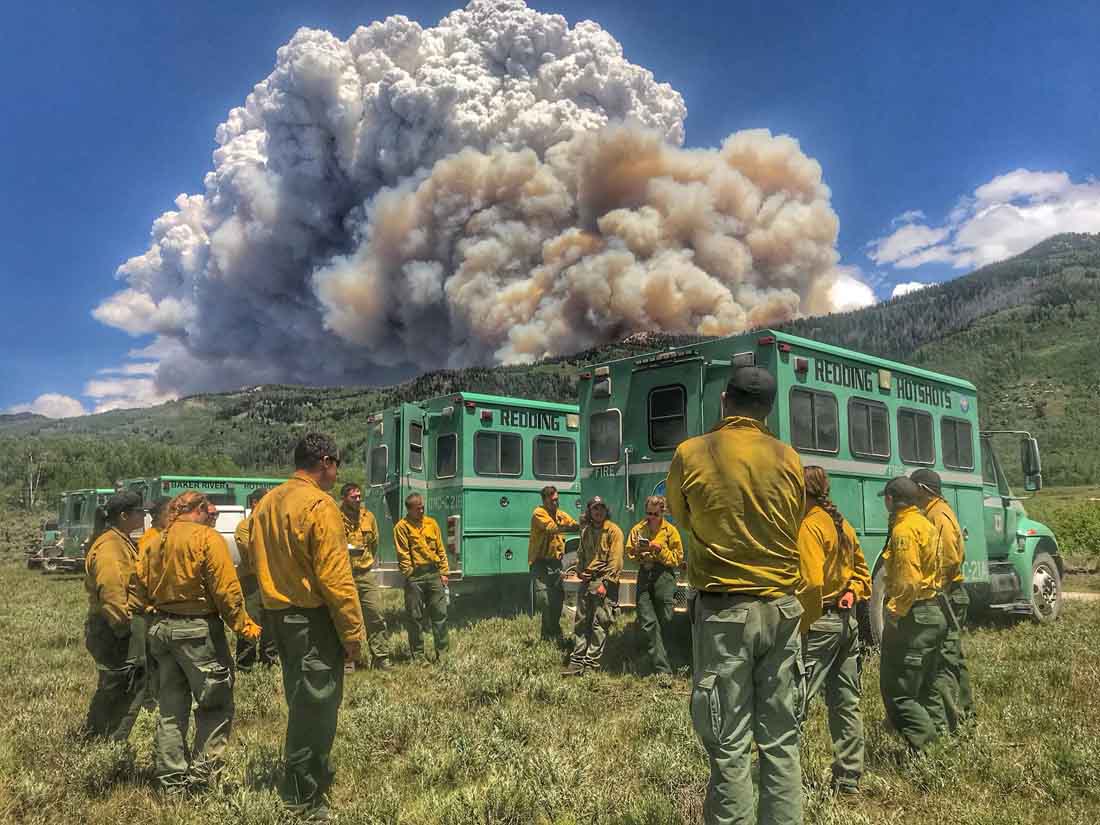
Robert (Zeke) Ziel, the fire analyst for the International Arctic Research Center’s Alaska Fire Science Consortium, was recently named one of the three recipients from across the wildland fire services for the 2019 Paul Gleason Lead by Example award. The award was created by the National Wildfire Coordinating Group (NWCG) Leadership Subcommittee to remember Paul Gleason’s contributions to the wildland fire service. More information about the award, including past recipients, is available on the NWCG website. A group of managers from Alaska and the lower 48, representing the Bureau of Land Management, US Fish and Wildlife Service, US Forest Service, and National Park Service, nominated Zeke for the award. The following information is modified from their submitted nomination.
Zeke has been instrumental in the evolution of the interagency fire management and science enterprise in Alaska on many levels. His work is driven by the thought of how Alaska’s interagency management community might do better in the realm of modeling and analysis, and he has reinvented how fire analysis is performed in Alaska. His curiosity and drive are evident in the tools that are available to fire managers in Alaska today. For example, his work with Predictive Services to build and maintain the Alaska Fire and Fuels website, an innovative web platform for displaying the fire, fuels and weather environment, as well as engagement with the GIS specialists and web designers to incorporate modeling outputs, have provided managers and decision makers with ‘one-stop shopping’ information.
Through classroom and web-based instruction, development of user guides, analyses relating fire behavior to fuels and weather inputs, and mentoring budding fire analysts, Zeke has enabled practitioners from different backgrounds within the fire community to more fully understand and successfully implement the Canadian Forest Fire Danger Rating System (CFFDRS) in Alaska. He is a key figure in not only fire behavior, analysis, and decision support, but also the cross-boundary engagement of scientist and practitioners in the lower 48 and across Canada. The fostering of relationships across the continuum of science and practice is clearly Zeke’s passion. He finds opportunities to bring people together who may not otherwise interact. In doing so, there is a momentum that he starts, participates in, and feeds continually to address new ideas, challenges, and initiatives.
At the University of Alaska Fairbanks, Zeke has been involved in several research efforts, including as a member of the Boreal Fires team under the current Alaska EPSCoR Fire and Ice project, funded by the National Science Foundation.
Examples of Zeke’s work:
CFFDRS Online Training Modules (initial framework, development, and implementation)
Fire Behavior Field Reference Guide (continued development and updates)
Why Alaska Fire Potential Assessments Are Different (2018 publication)
Fire Environment Poster (Developed 2019)
Fuel Moisture, Seasonal Severity, and Fire Growth Analysis in the US Fire Behavior Analysis Tools (2017 publication)
CFFDRS FBP Field Guide (2015 Publication)
CFFDRS FWI Field Guide (2015 Publication)
Modeling Fire Growth Potential in Alaska (2015 Publication)
University of Alaska Fairbanks







